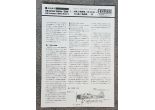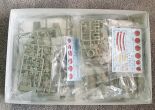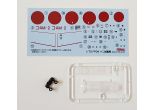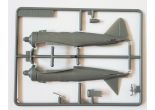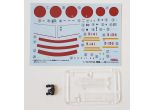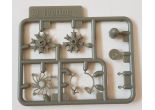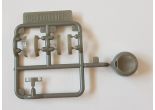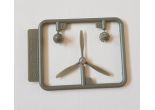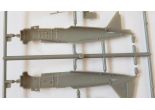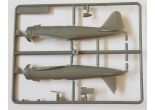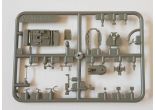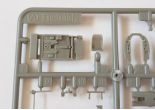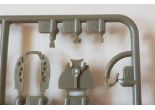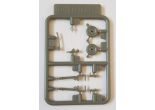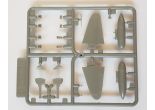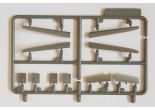Mitsubishi A6M1 & A6M2a Reisen, Fine Molds 1/72, FP34
Mitsubishi A6M1 Prototype & A6M2a Resien
1/72 Fine Molds FP34
Eventually Fine Molds has released its 1/72 scale Reisens in its own box.
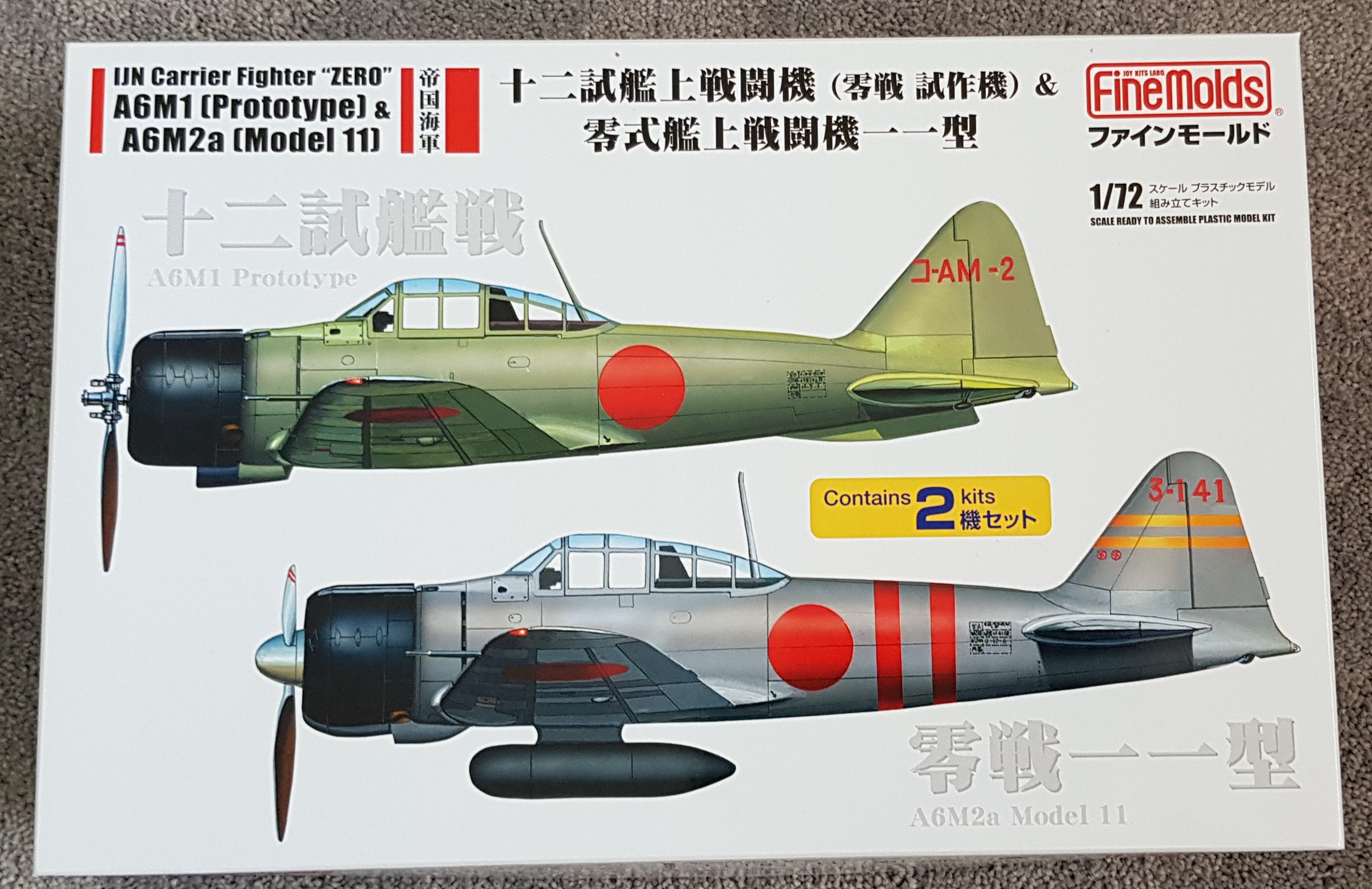
Typical FM box, this time only with side views A6M1 and A6M2a on top, contains new assembly kits of Reisens in 1/72 scale. Inside the box we’ll find 2 complete kits, namely the second prototype of A6M1 and A6M2a, or the early version of probably the most famous Japanese fighters.
I’m not going to Brother you with the Reisens history notes but just mention that the kits were thematically released to commemorate the 80th anniversary of the Reisens prototype first t take-off of.
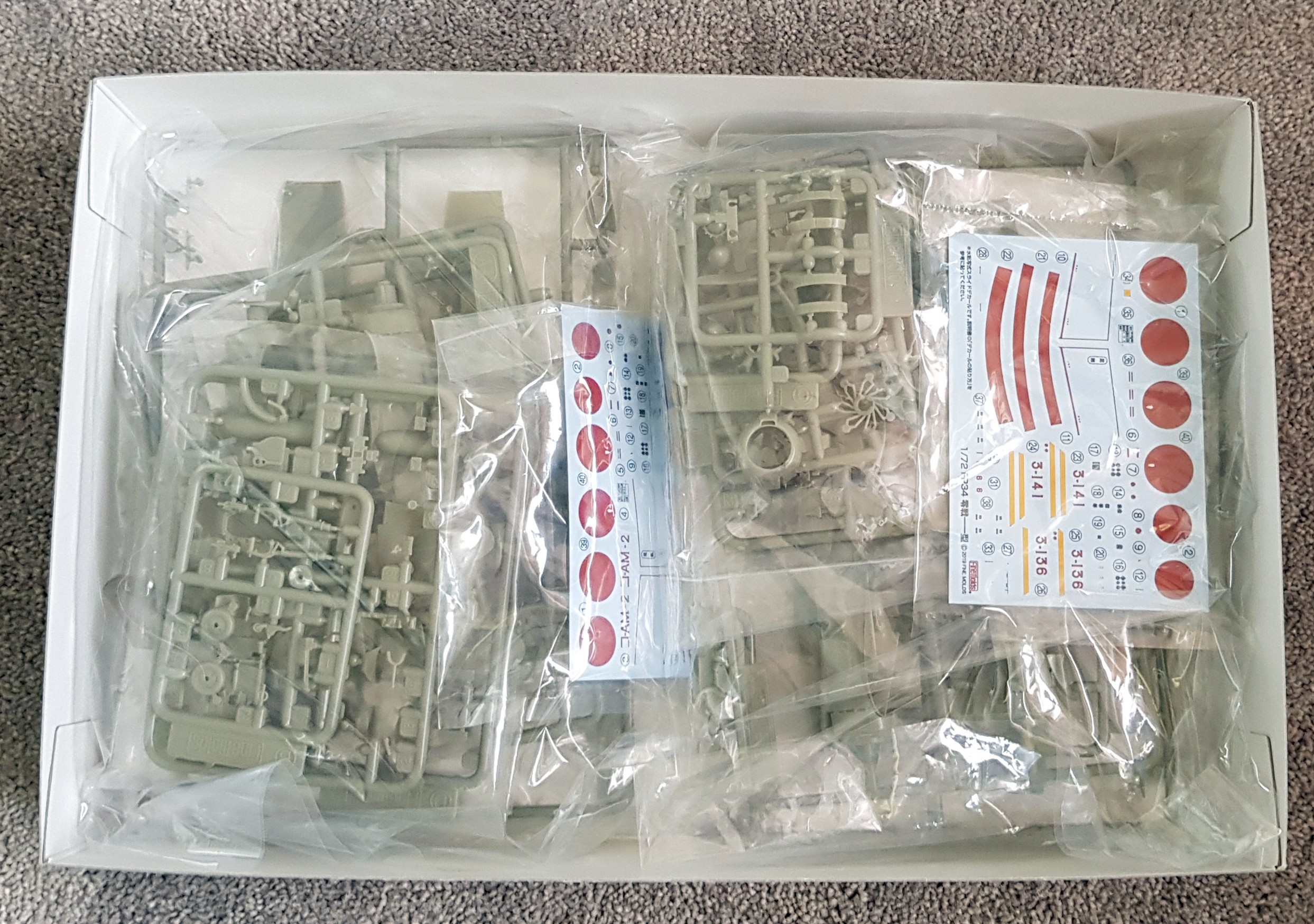
Upon opening the box we’ll find 2 plastic bags with kits frames (16 intotal with gray-green colored parts and 2 frames with clear parts) of particular versions and assembly instructions with 16 pages. I’d counted 187 parts (the manufacturer states 166), but 25 are not used.
The assembly instructions contains a history notes of the type, unfortunately only in Japanese, layout of the frames for both versions and then the assembly steps; first for A6M1 and then for A6M2a. This solution seems to me clearer than one assembly with different variations for each version.
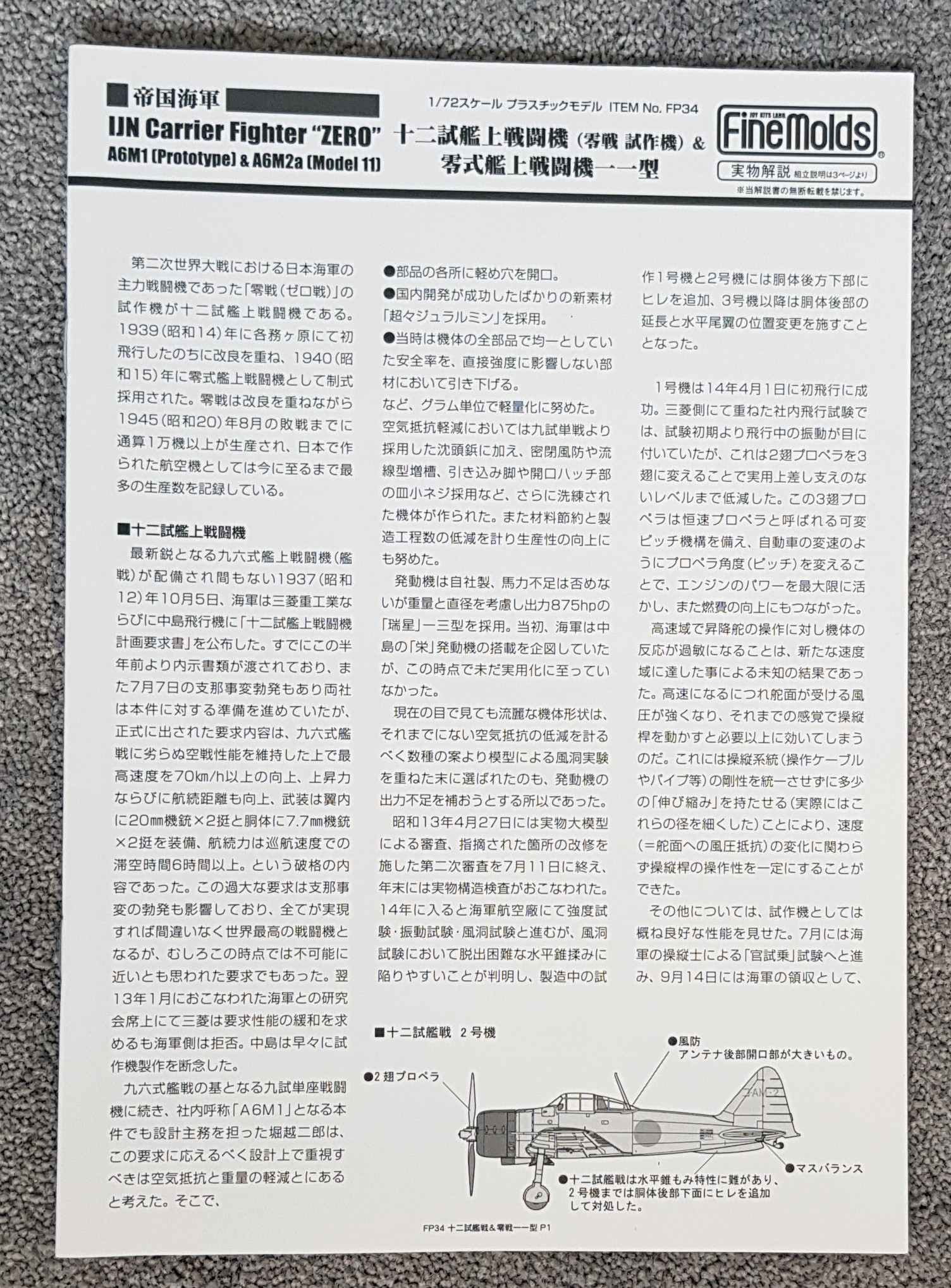
The first version that can be built is the prototype A6M1. For it the kit contains 74 parts in 7 frames (5 of them are shared for the second version and are contained in the kit twice), 2 clear parts (one-piece canopy and gun sight), decals and 2 caps made from soft PVC.
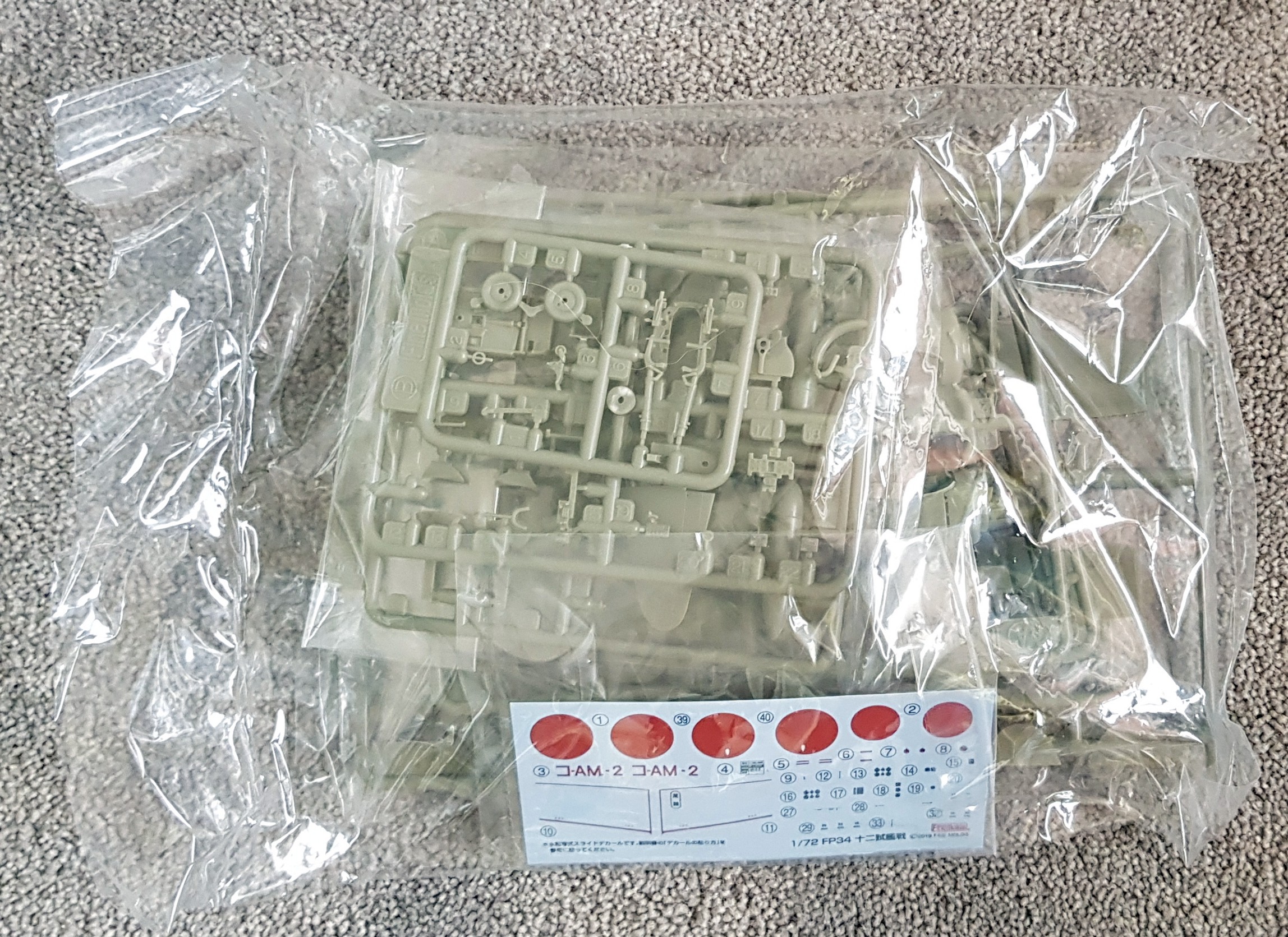
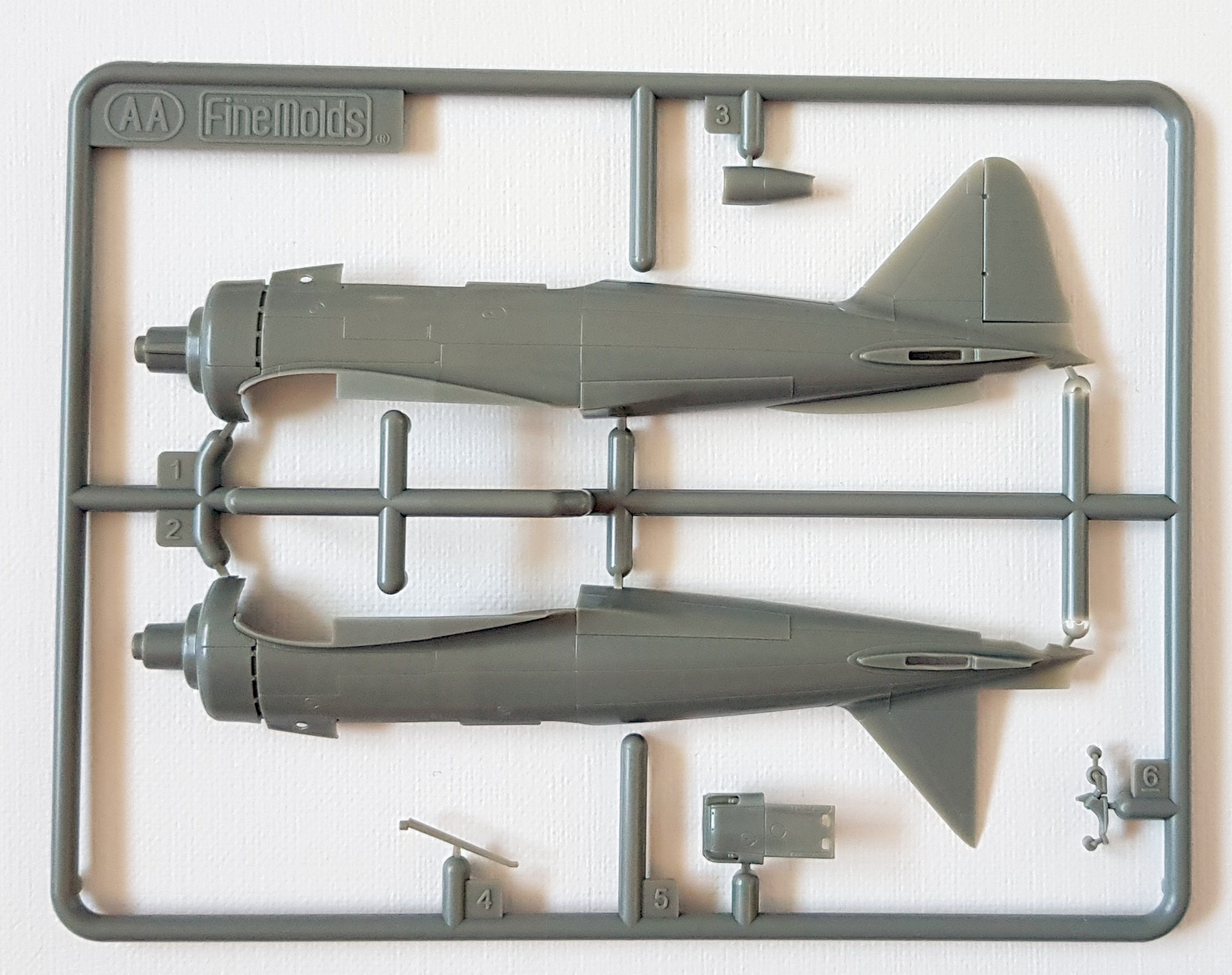
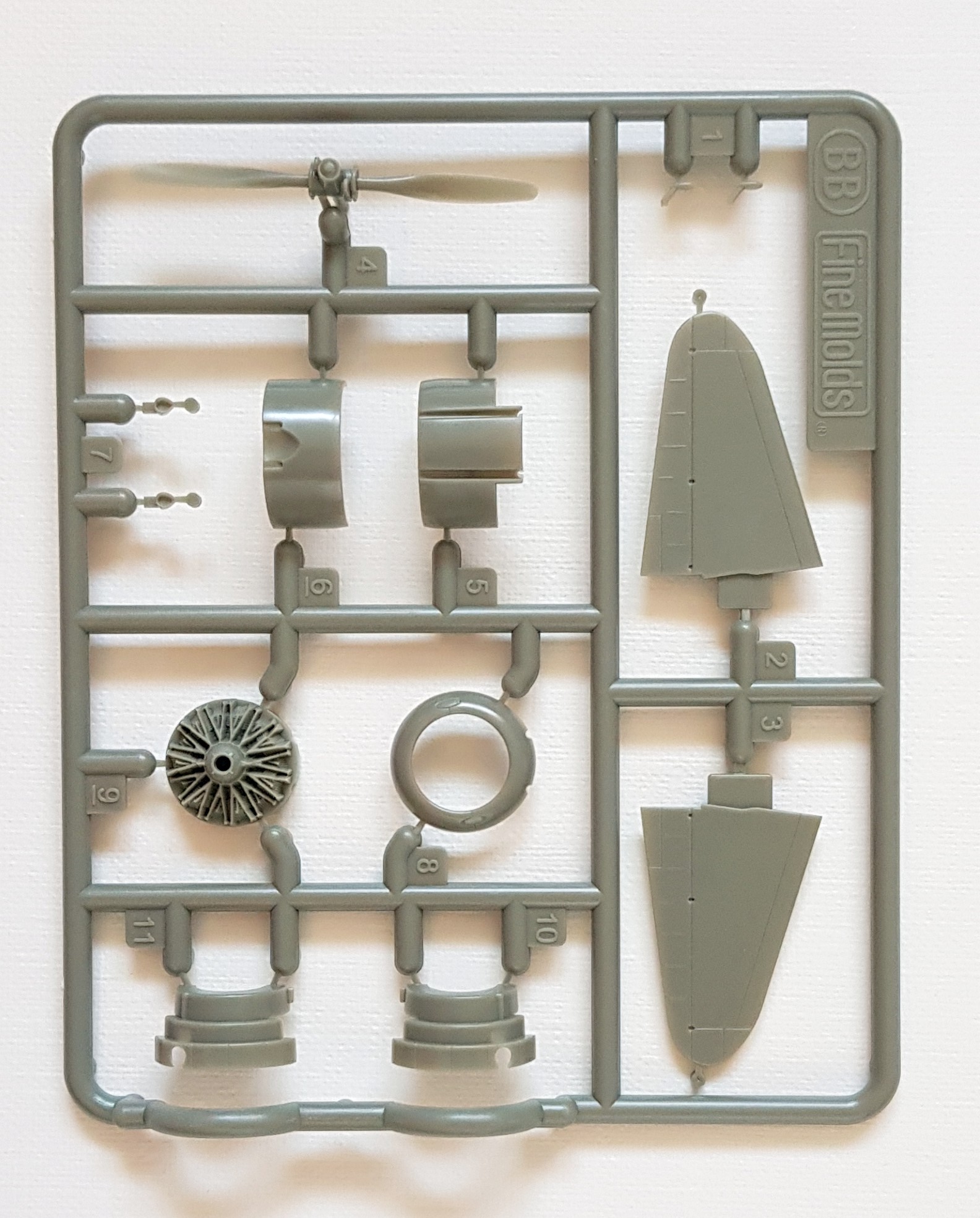
The decals offer marking only for a second prototype with a two-bladed propeller and designated "Ko-AM-2" tested in 1940, nevertheless it contain complete set of stencils for the entire aircraft. Of interest is the choice of color for the prototype given as Gunze C128, or IJA Gray-Green, which is likely to correspond to the description of Jiro Horikoshi's dimmly shining ash green color, thus not meeting the standards of IJN prototypes colours.
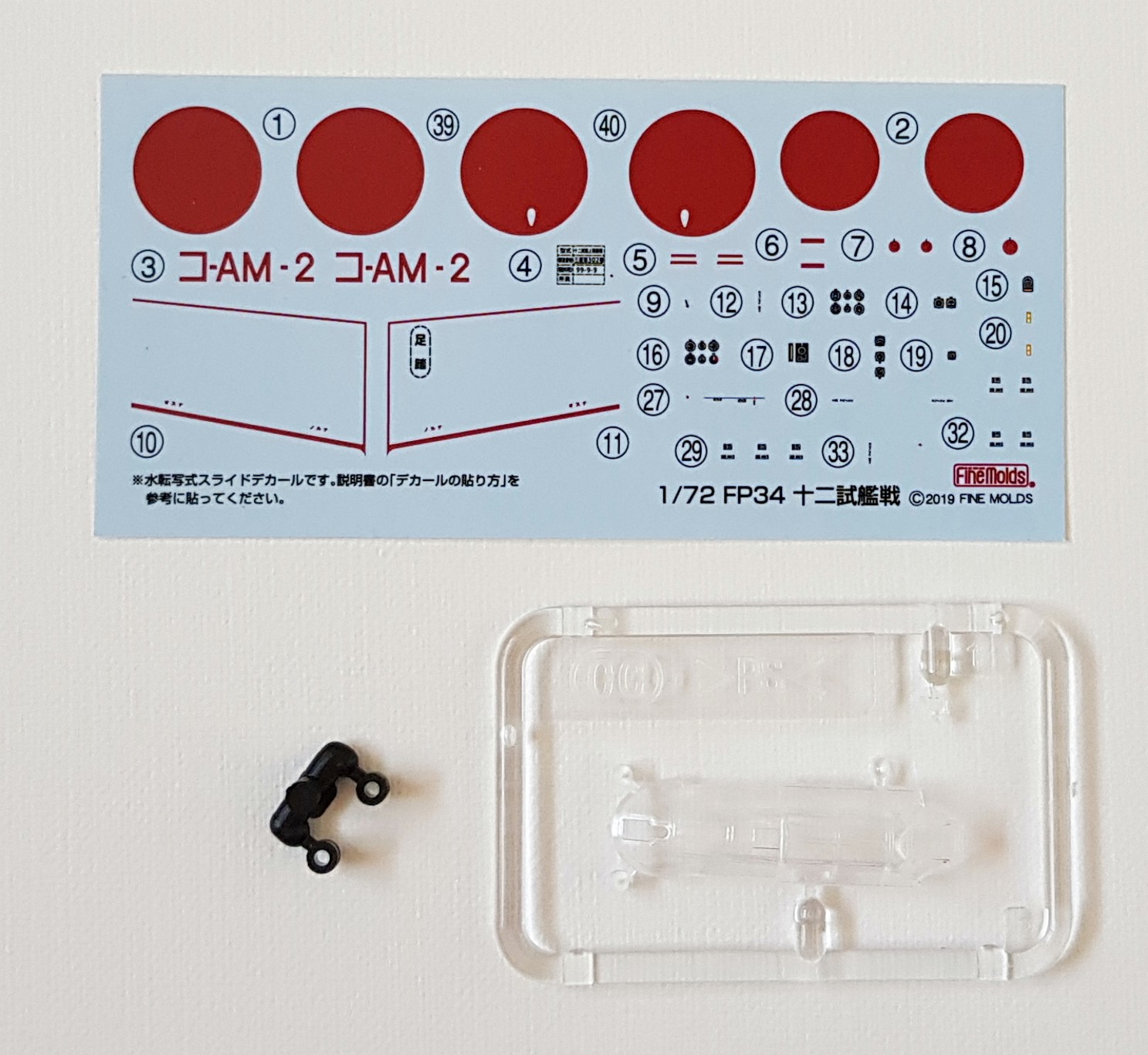
The second version in the box is the A6M2a. For this version the kit contains 84 parts in 9 frames in gray-green colour, 2 clear parts (one-piece canopy and gun sight), decals and 2 caps made from soft PVC. The decals offer markings for 2 aircraft that served inChinawith 12. Kókutai during 1941. These machine are code number "3-141" flown by Minoru Suzuki and "3-136" flown by Kunimori Nakakariya. Of course there are complete set of stencils for the entire aircraft included.
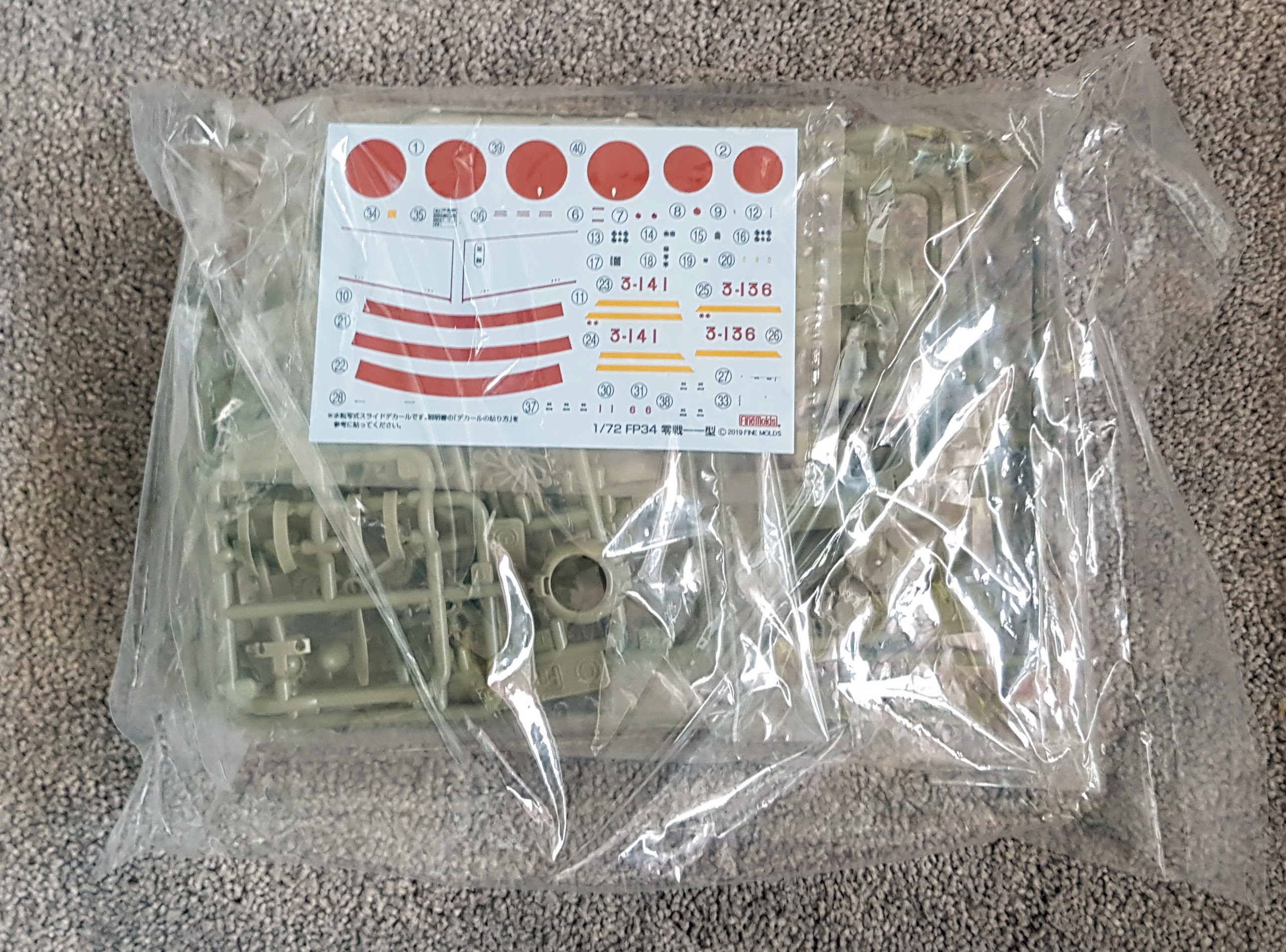
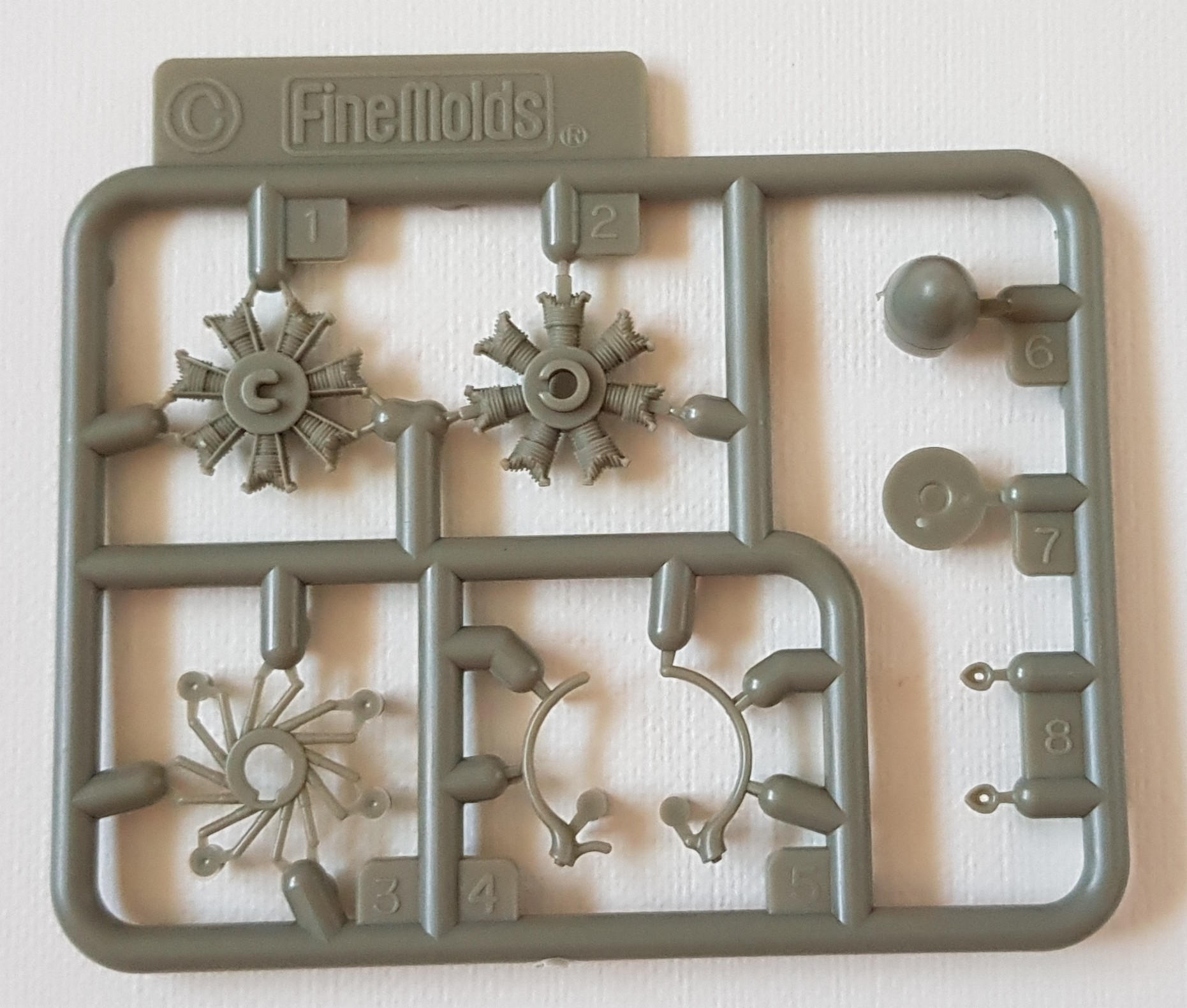
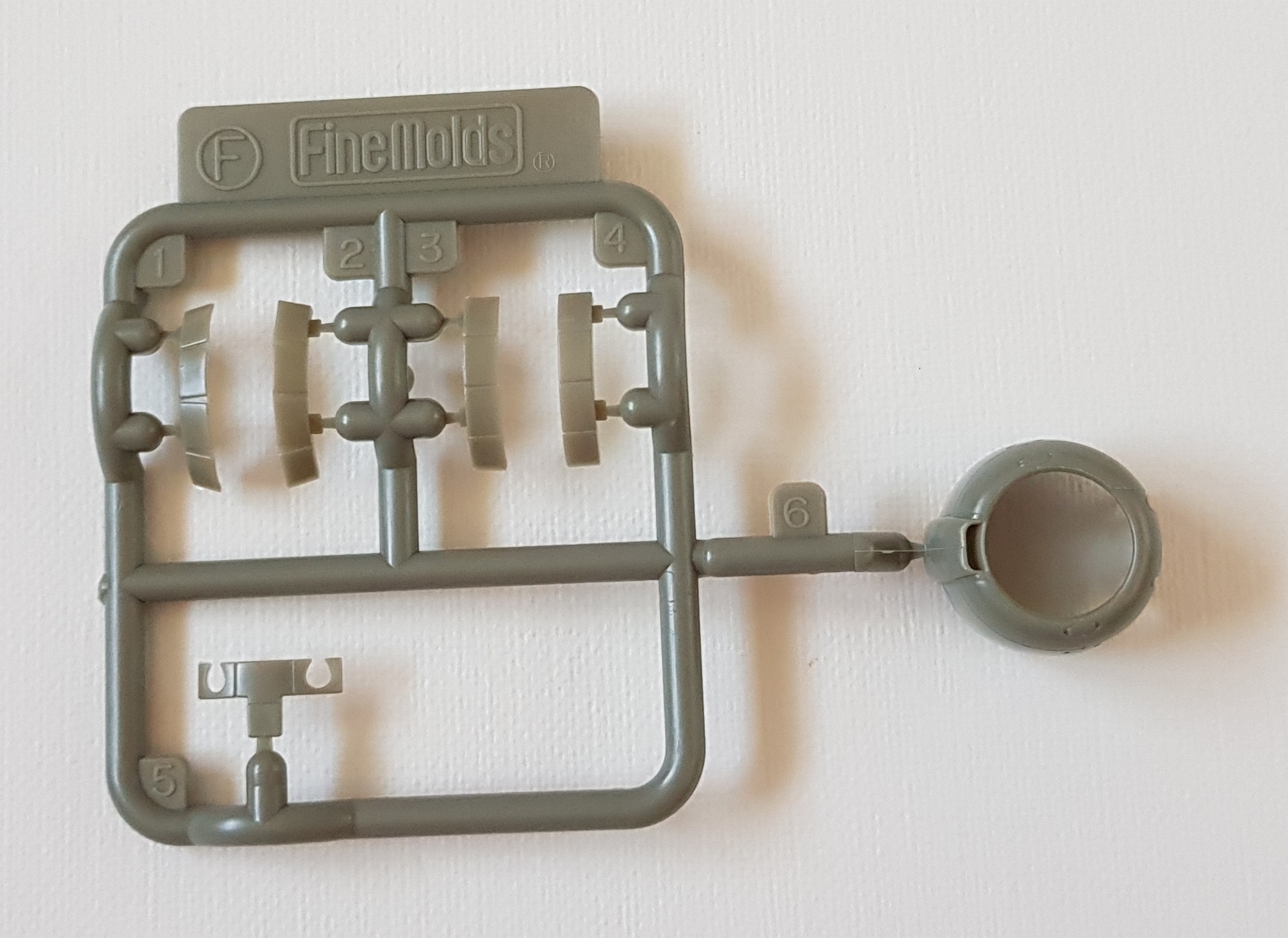
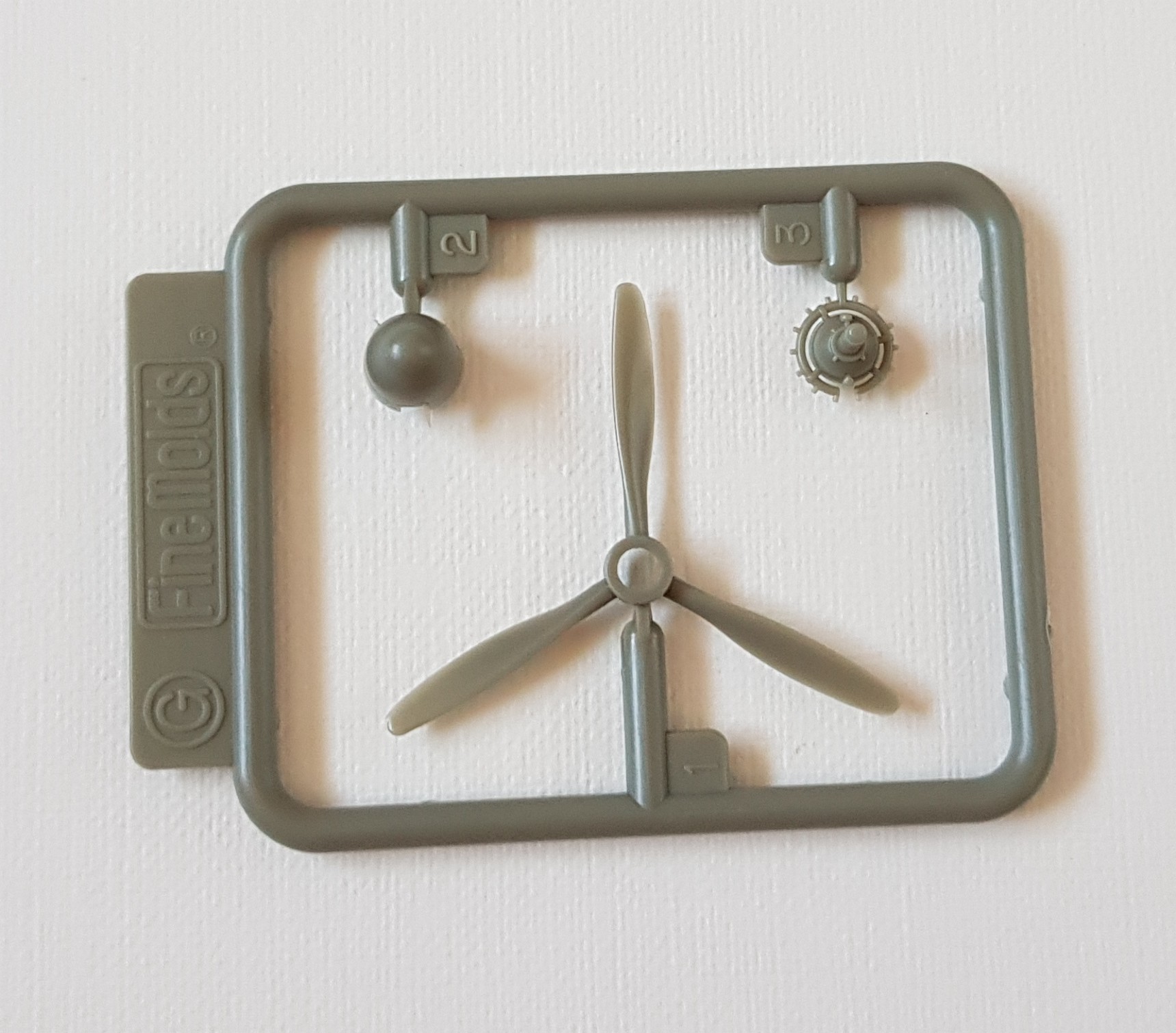
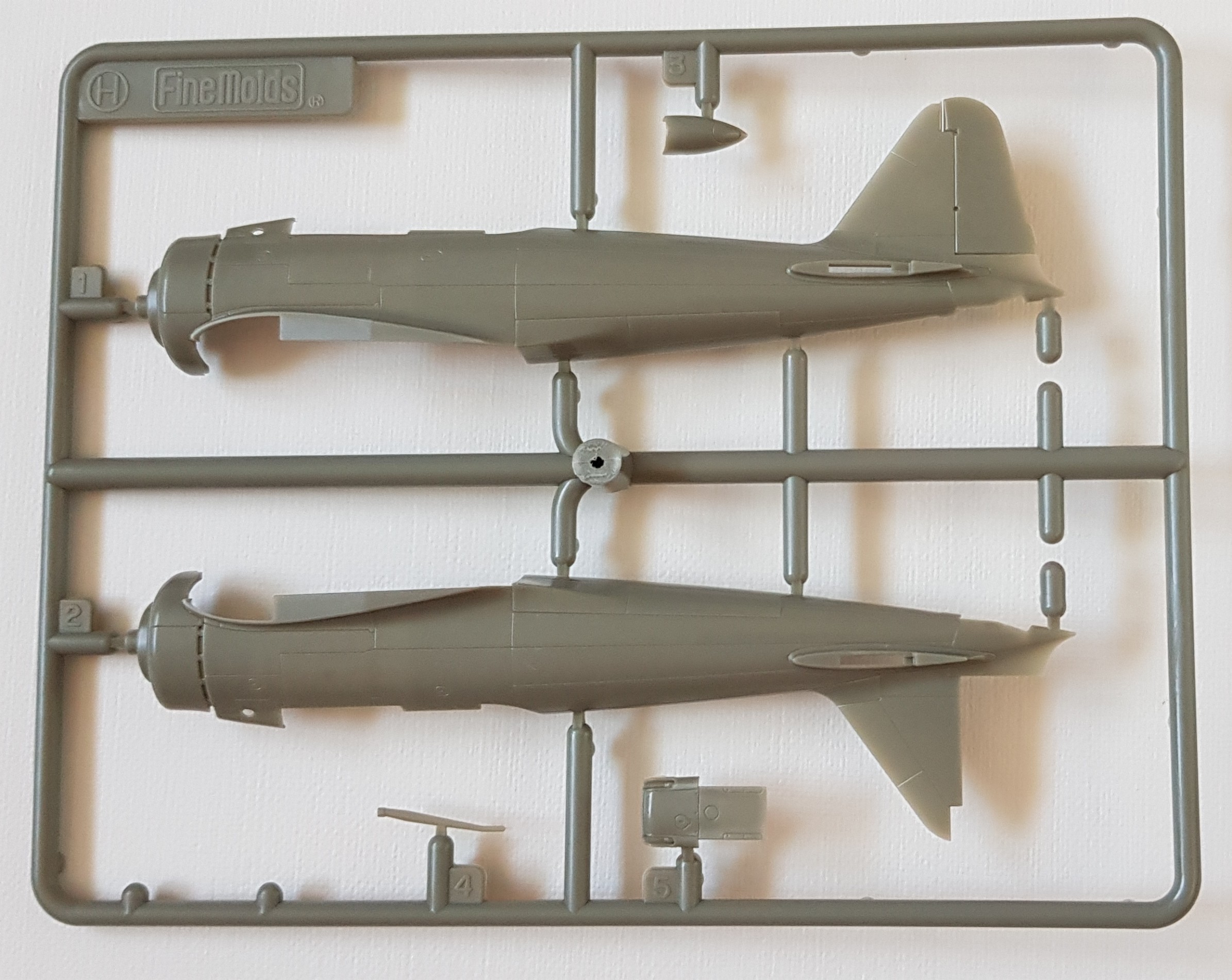
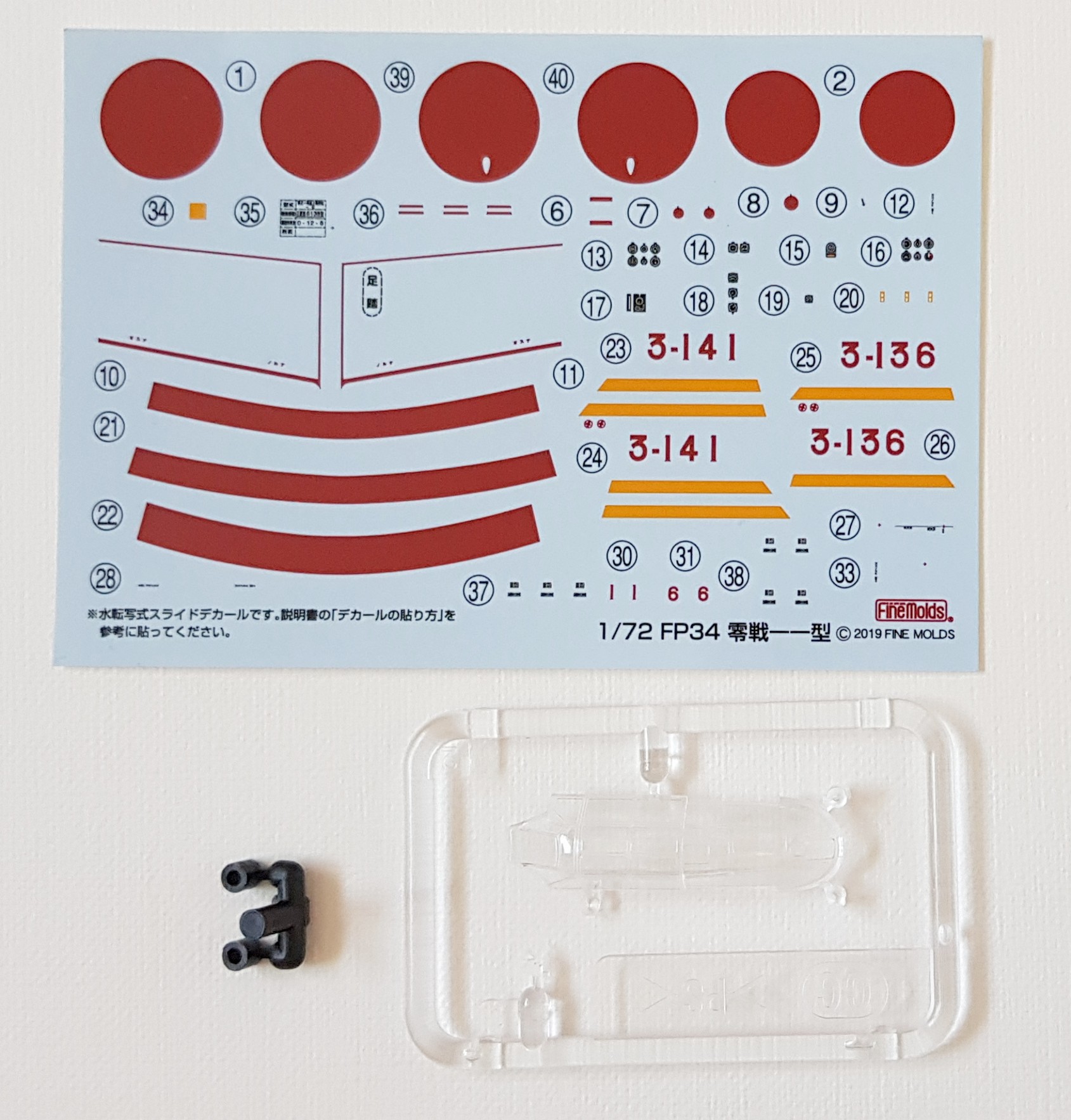
The tooling quality is in the typical Fine Molds high standard which they set up 12 years ago when they had released the first Reisen A6M2b for Model Graphix - no burrs or twisted parts and none of the ejector pins collides with anything or will be visible when assembled.
The kits panel lines are represented by sharp negative engraving and the kits assembly is quite conventional; fuselage is mated from two halves, wings from the lower part including the center wing section and left and right upper halves.
The design of the undercarriage wheel wells is excellent and they are also deep enough to fit the undercarriage itself in, from my point of view the only this that’s missing is the wheels brake lines.
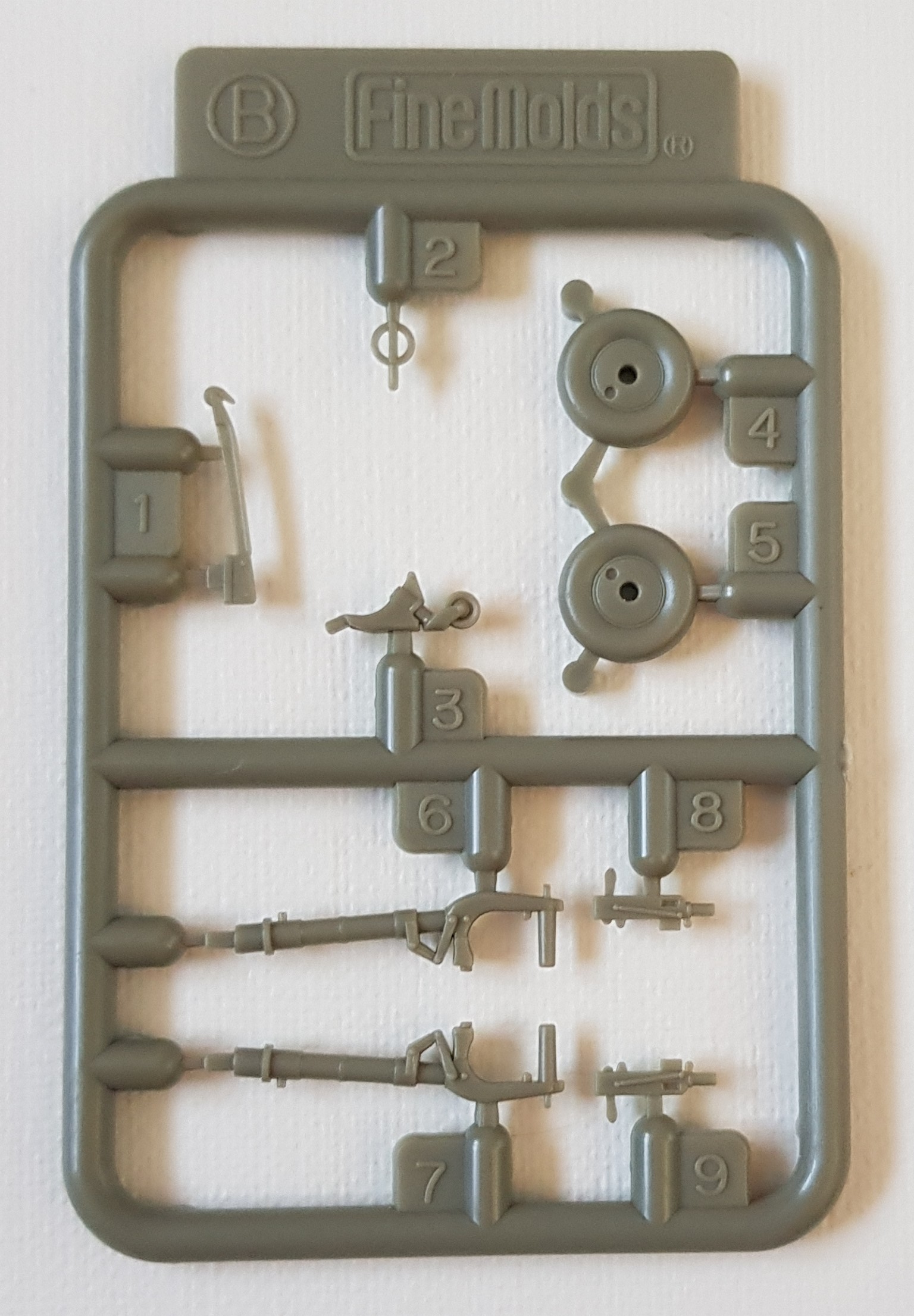
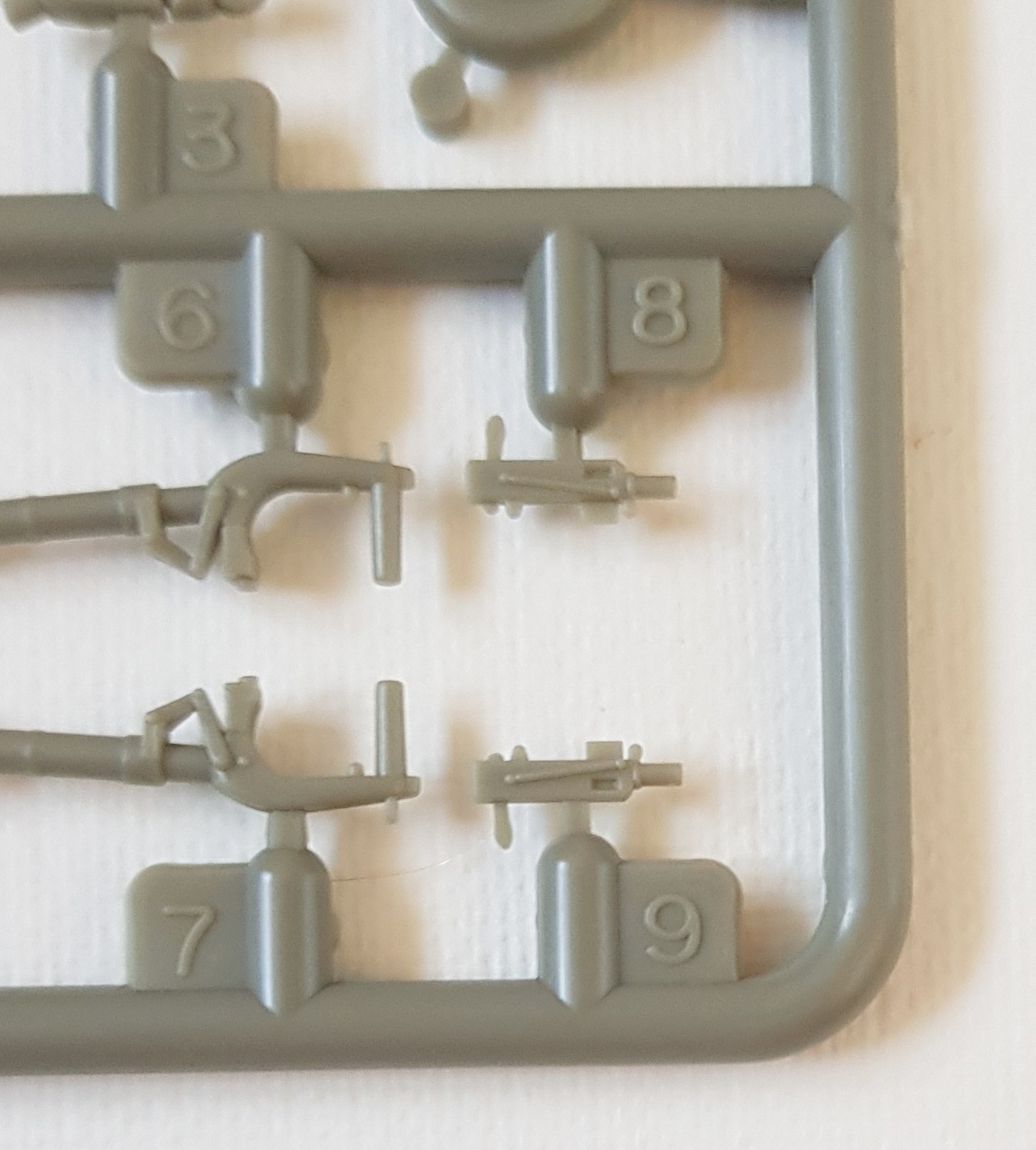
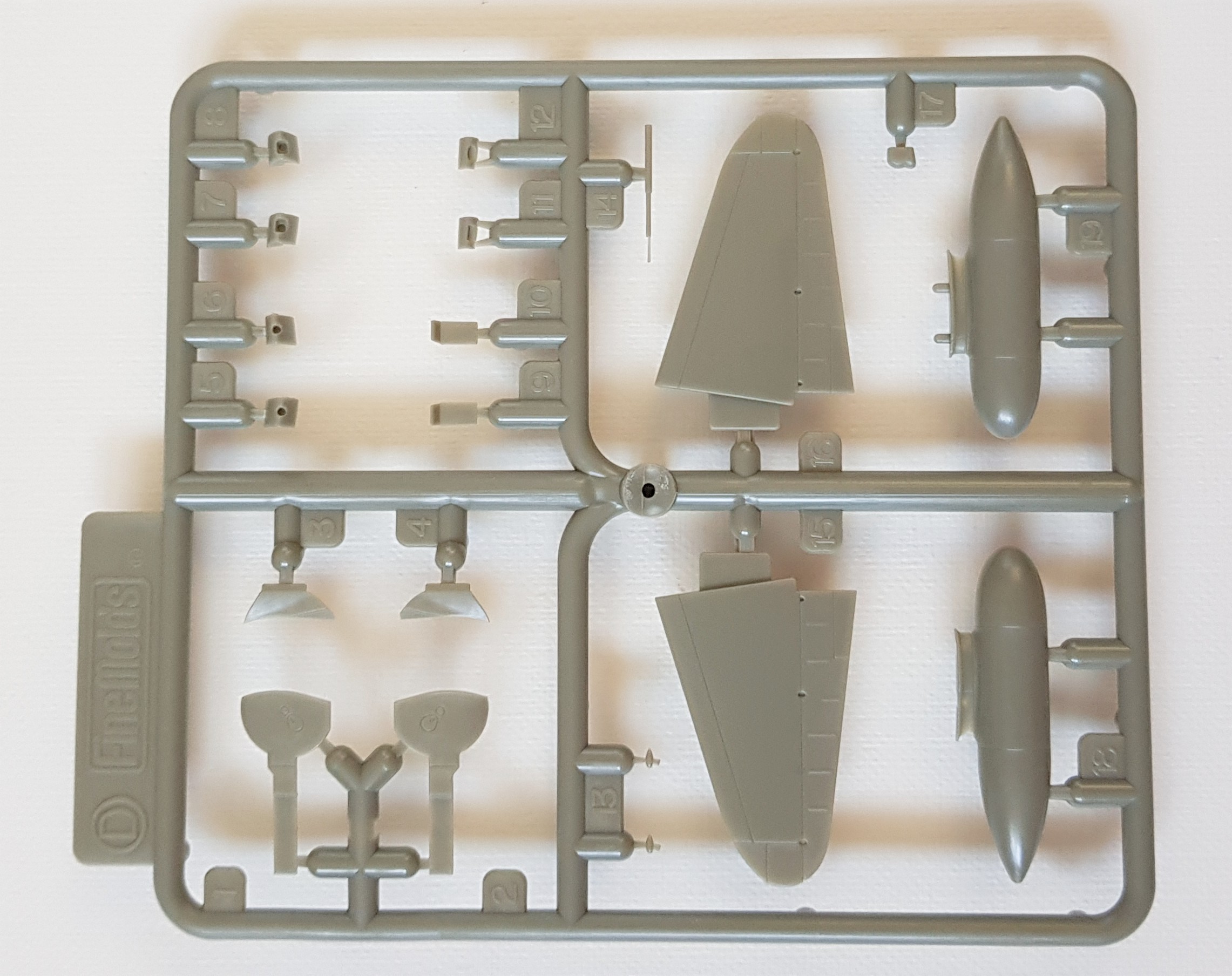
Ailerons are separate parts, there are 2 types in the frame - with fixed trims and in flight adjustable ones, but the latter are not used in this kit.
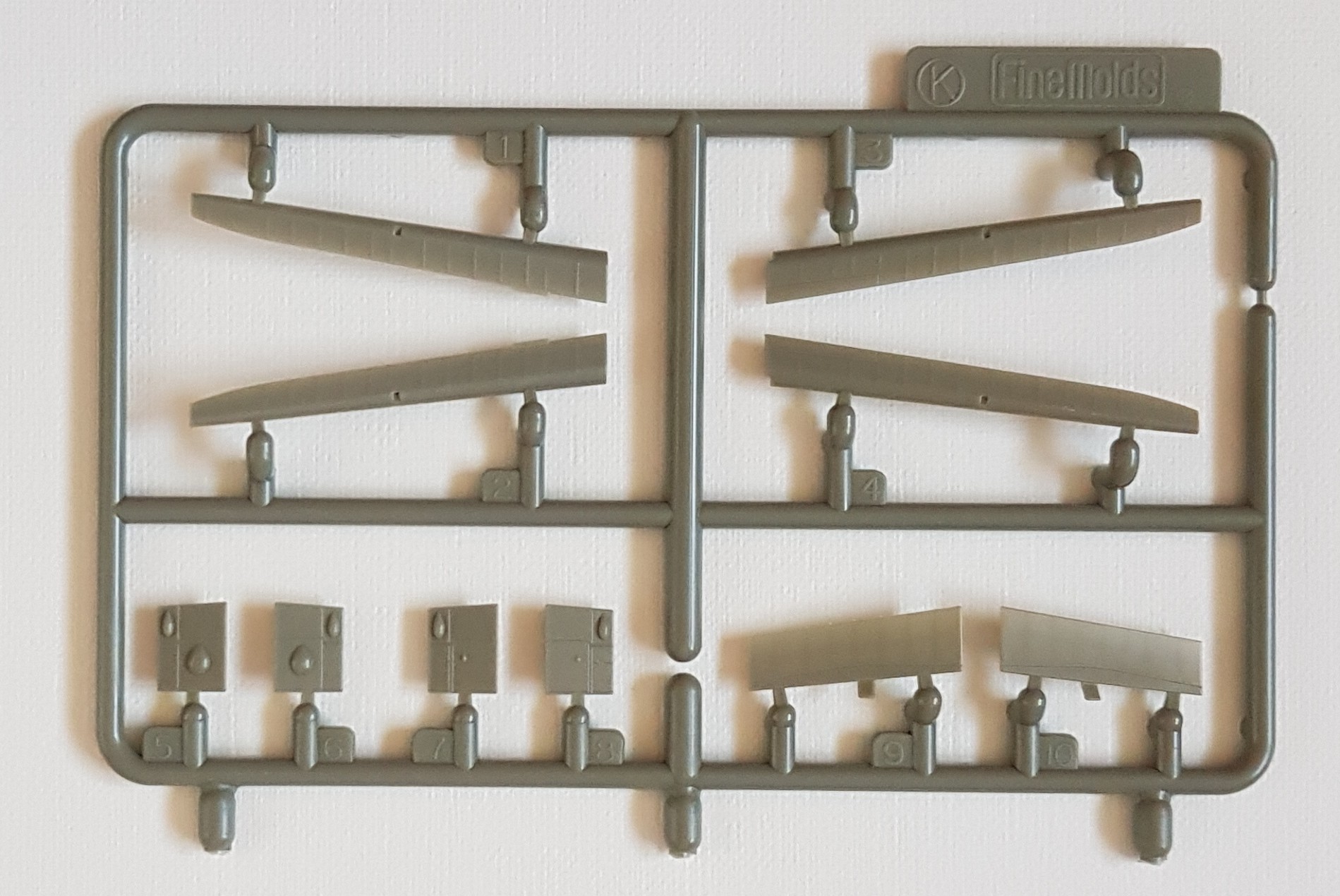
There are also separate landing flaps that can be glued in the deflected position.
The cockpit is assembled from 22 parts and of course there are decals for the instrument panel and side consoless. The canopy is injected in one piece therefore not enabling a view to the highly detailed cockpit.
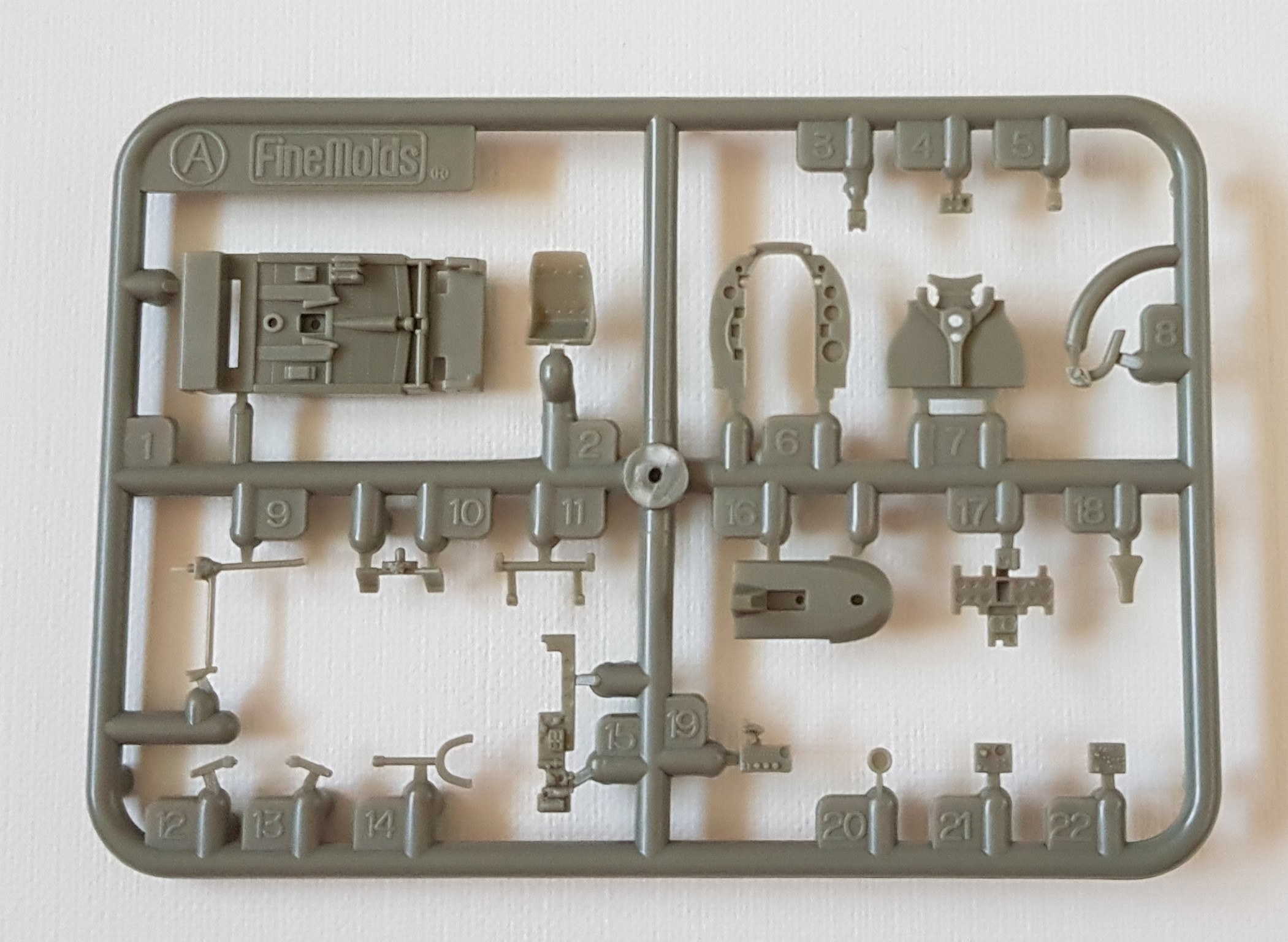
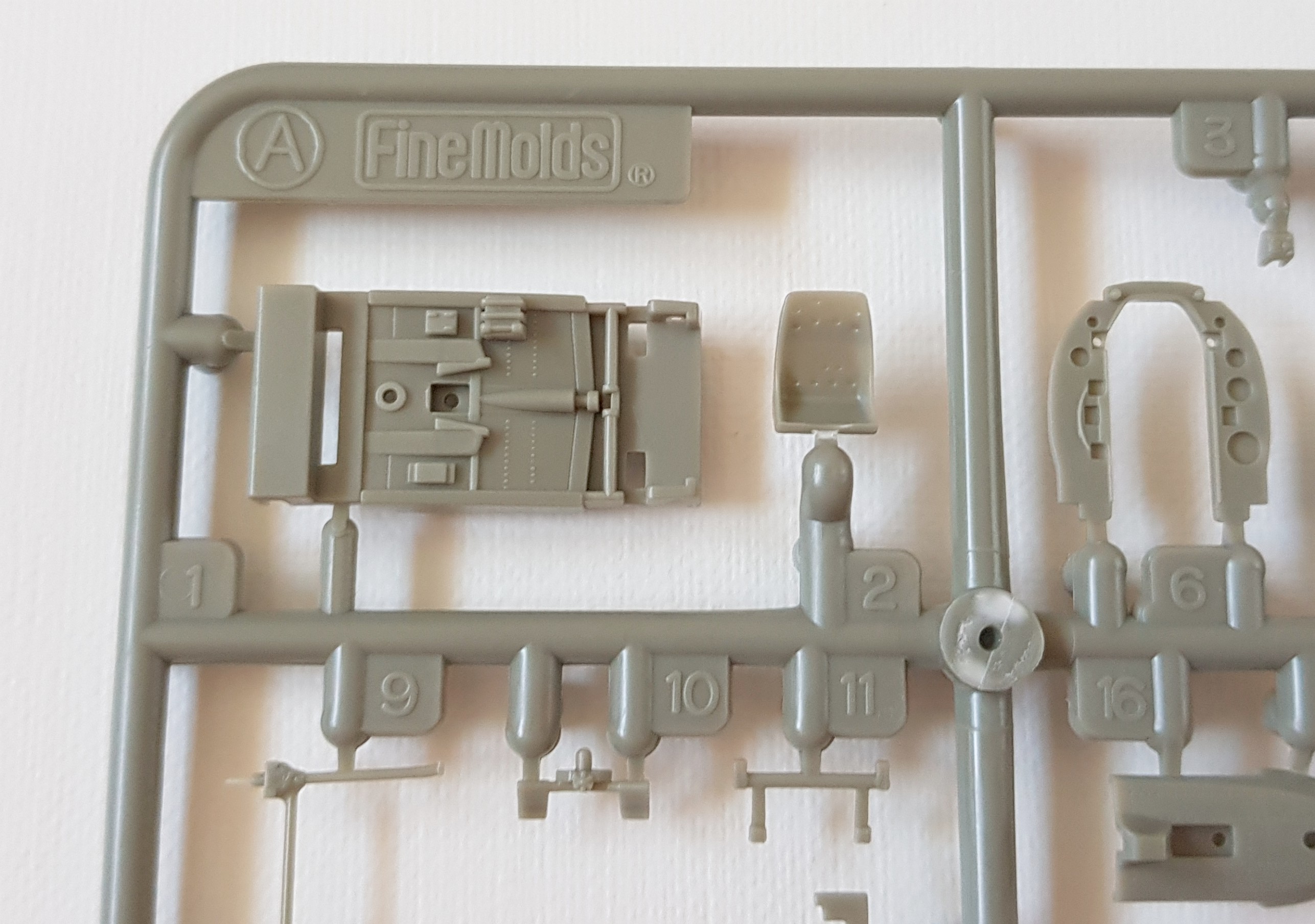
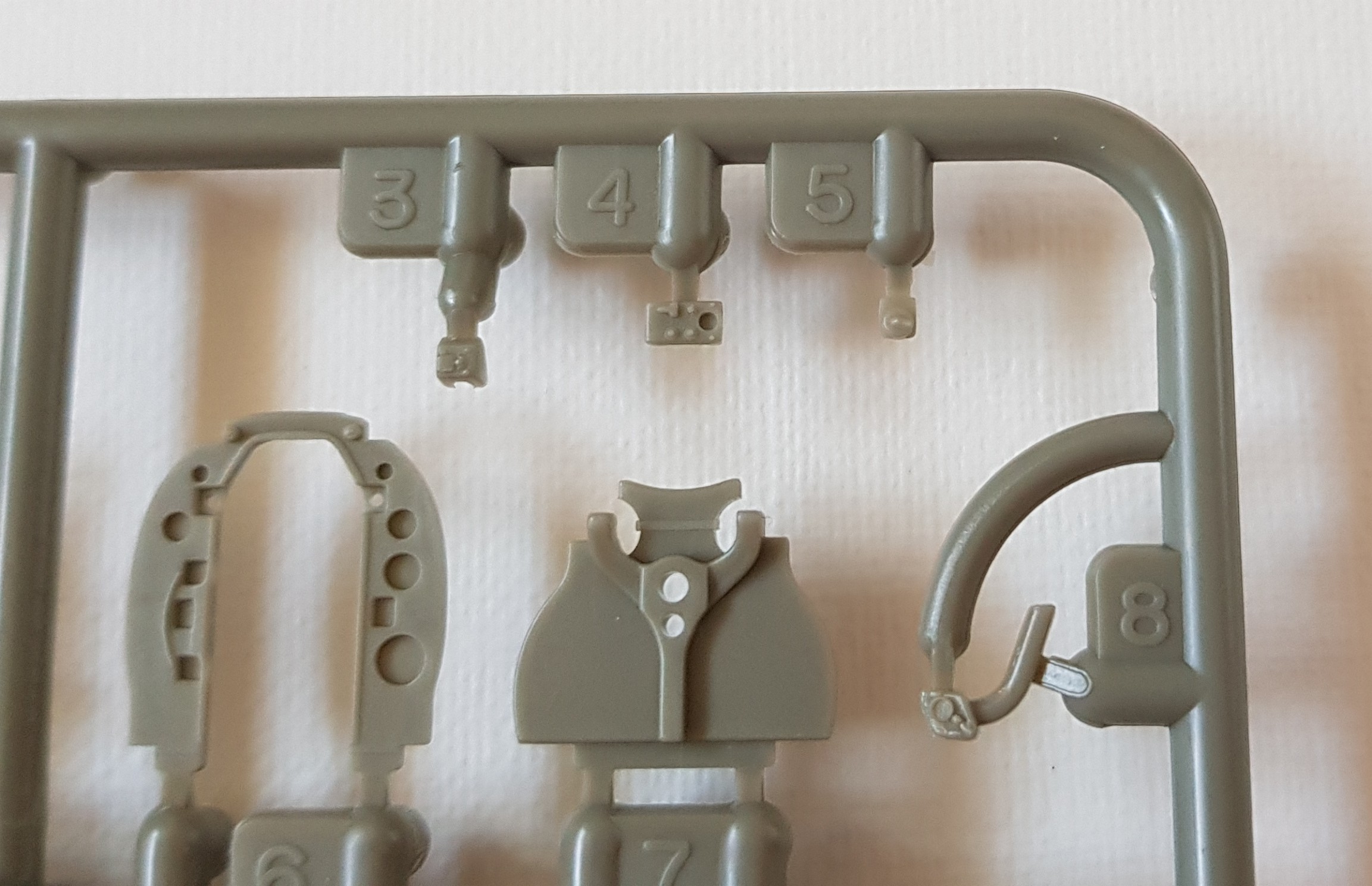
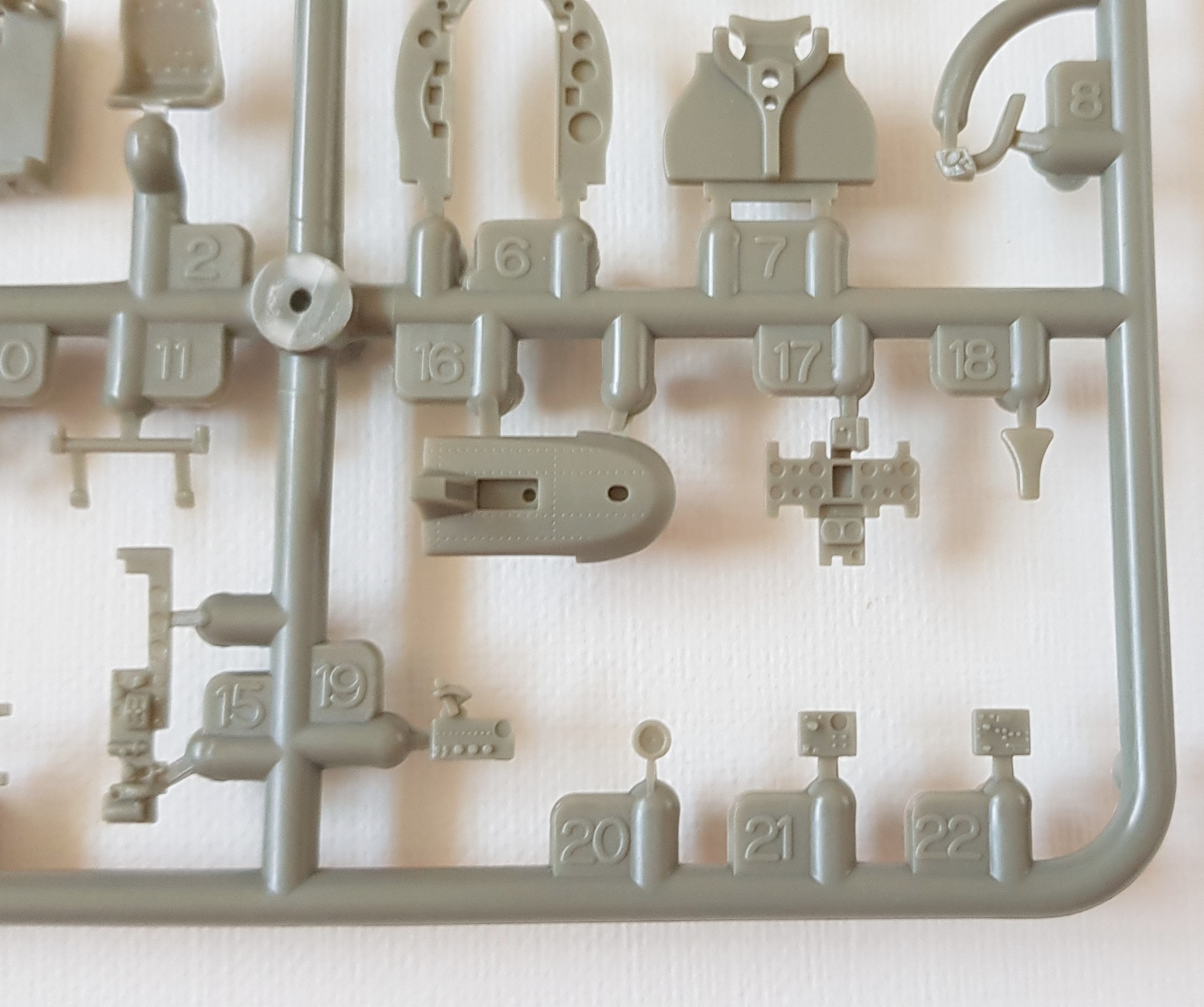
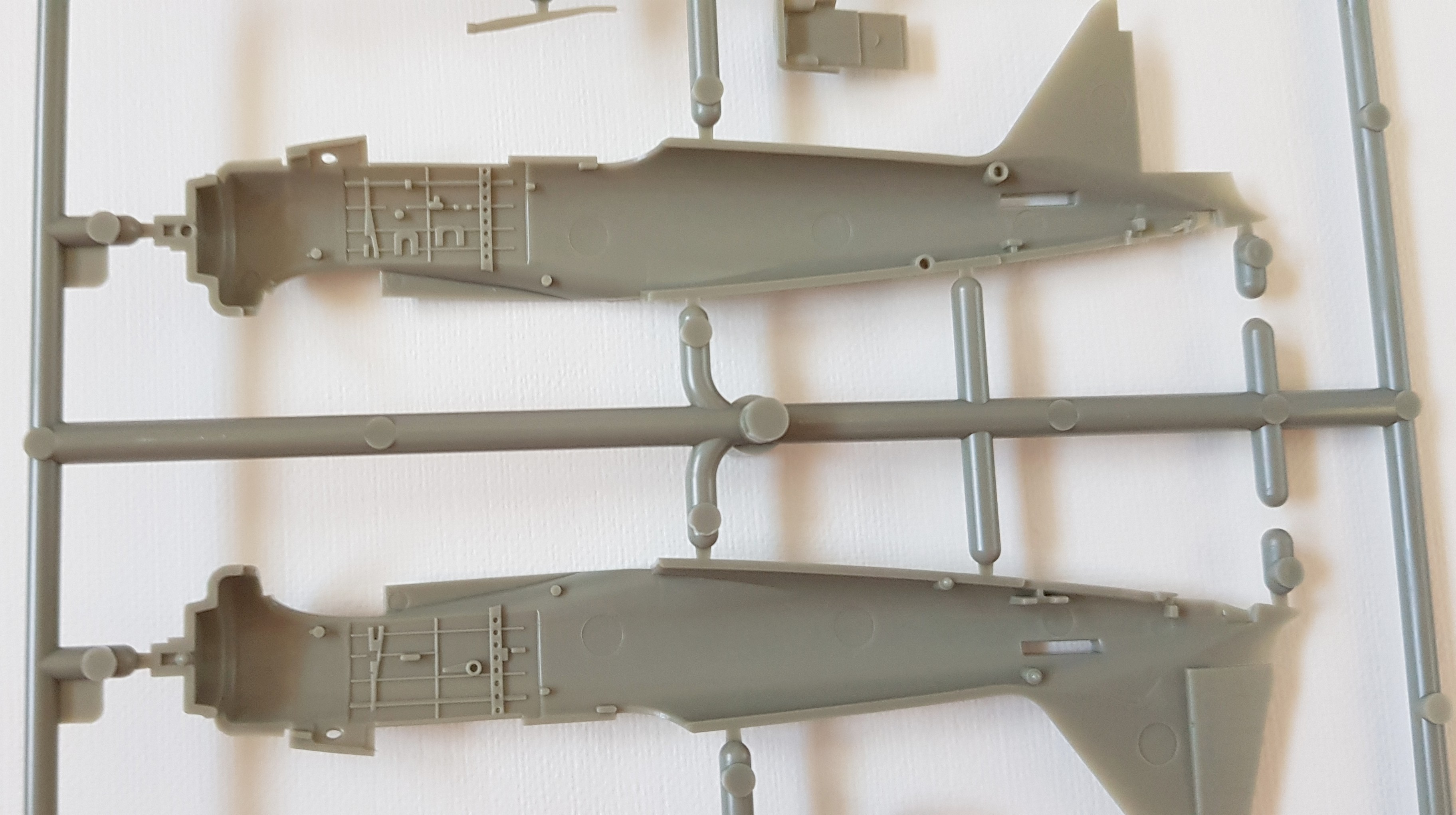
The fuselages, for each version a separate frame have very nicely designed and injected overlapping panels.


The engine for the A6M1 is provided in one piece, where the two rows of cylinders are cast in one piece. The engine for A6M2a is assembled from two separate pieces/ rows, ie. like the real engine.
Why the manufacturer opted for this solution is obvious. For A6M2a version it was possible to use frame with Sakae 12 engine, but the prototype was powered by the Zuisei 13 engine which was different therefore Fine Molds had to design and inject new one.


Fine Molds also mentions the possibility of purchasing accessories to detail up the kit – pilot’s harness and turned metal pitot tubes.
End note: According to the assembly instructions for the A6M1 prototype two breaches of7.7 mmmachine guns are to be glued into the cockpit and the20 mmcannons ports to the wing roots . Judging from the few photos of the prototype (not clear whether it is a "Ko-AM-1" or "Ko-AM-2") it is imimnent that there are no wing cannon ports and the space above the engine looks empty. Hence the possibility - by simple modification - to build a prototype completely unarmed.
And that’s all folks - my second review. And since I’d begun with Fine Molds Reisens from the end, next time you can look forward to reviews of previously released versions - A6M2b, A6M3 model 32 and 22 and A6M5.
I did not idle and prepared 3 sets of masks for models:
National Insignias Mask plus extra tail codes
Optical Illusion Mask for control surfaces shading
Of course, each set contains masks for both versions from the box.
Following the gallery there’s a survey. Anybody can rate the review and/ or write me a comment.
© DEAD 2019











